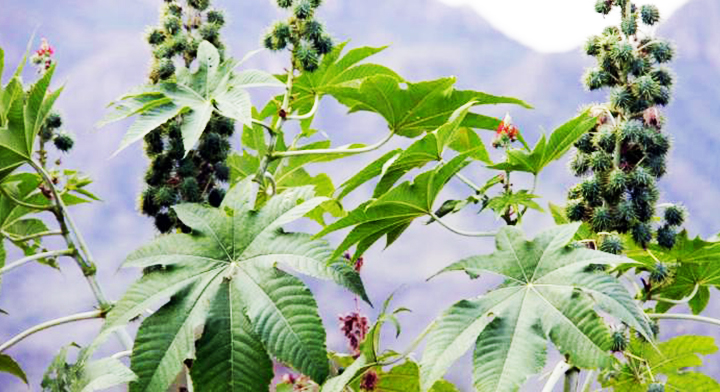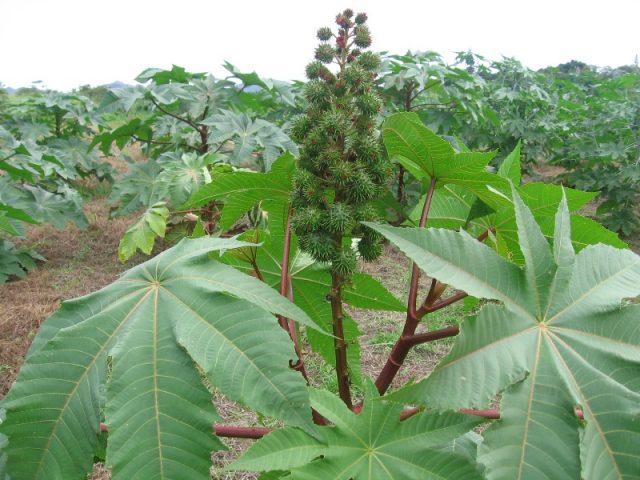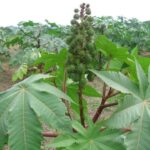The Castor bean or castor oil plant (Ricinus Communis L.) is a euphorbiaceae that can contain many benefits for its use in agriculture. Shrub plant, its most important chemical compounds are ricin, ricinin, lipase, ricinolein, proteins, stearin, palmitin, ricinoleic acid, isorricinoleic acid, toxystearic acid, chymases (Chiej, 1990).

Use of the Castor bean or castor oil plant (Ricinus Communis L.)
It has been used since antiquity to the present, its seed has been used to obtain oils that are used as fuel in lamps and for medicinal purposes as a purgative (Scarpa & Guerci, 1982; Mazzani, 2007).
Ricin is a phytotoxin found especially in castor seeds, and is the author of toxicity to animals such as nematodes, insects, among others (Moshkin, 1986).

Use of the Castor bean or castor oil plant (Ricinus Communis L.) in agriculture.
Toxic compounds, alkaloids, phenols, terpenoids, among others, and lectins such as ricin and ricinusaglutinin, have the ability to strongly adhere to phytoparasitic nematode amphidia such as Meloidogyne spp. Goeldi, (Marbán et al. 1987; Rich et al. 1989).
Authors like Butter et al. (1991) discovered that castor oil at 2 and 5% reduced by 56-95%, respectively, the population of first instar nymphs six days after application. They point out that 5% castor oil is more effective against whitefly than neem oil. The application of 2% castor oil in greenhouse beans reduces the population of white fly, T. vaporariorum, by 90% between the second and eighth day of its application (Ramos, 1995).
In addition to all these properties and oils that were previously discussed. The castor produces a compound naturally called ethyl dodecanoate.

Properties of ethyl dodecanoate.
Ethyl dodecanoate has proven to be an excellent organic agricultural nematicide, as it affects chemotaxis and protein formation. These are essential functions for the nematode and without them it simply dies.
This compound has also proven to be an excellent alternative as an agricultural insecticide, since it can control pests of economic importance in vegetables and fruit trees.
 AgronoBlog – Agriculture Blog
AgronoBlog – Agriculture Blog 